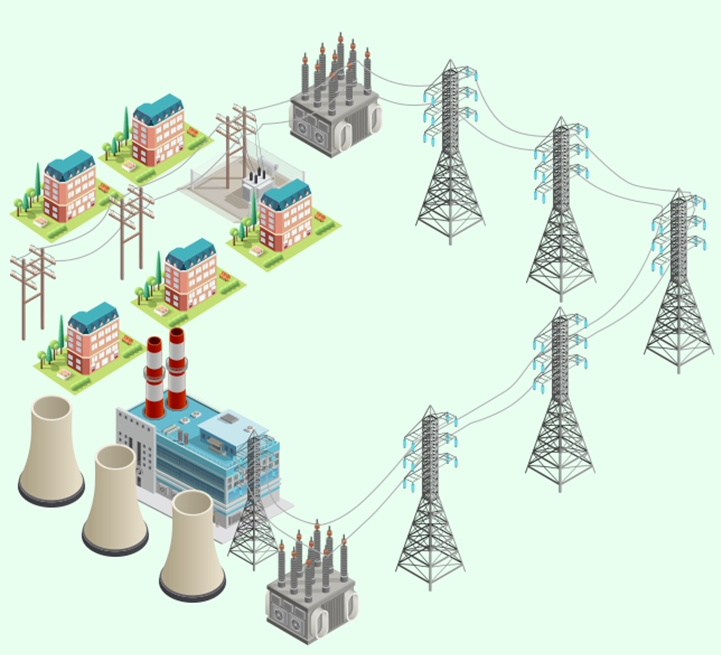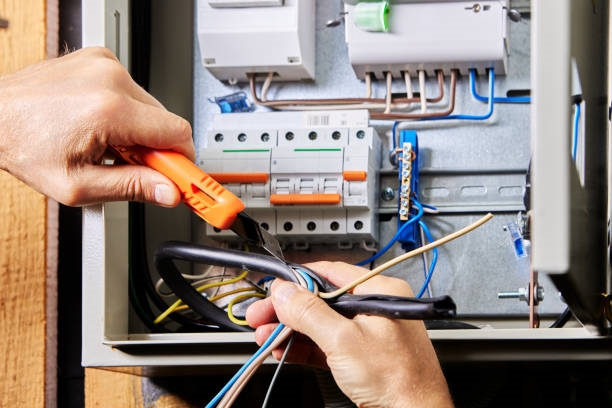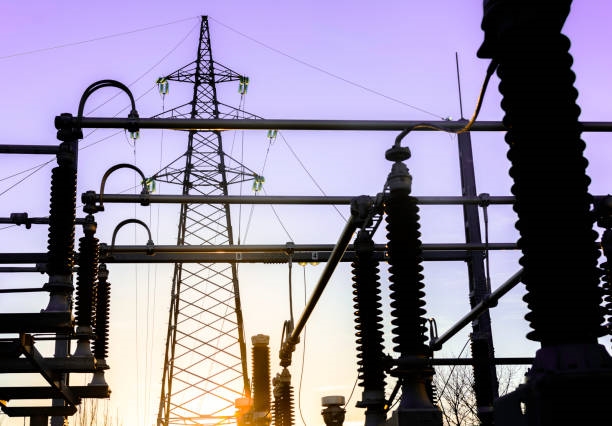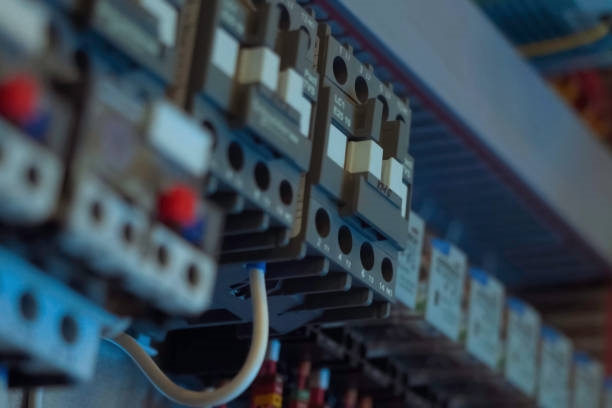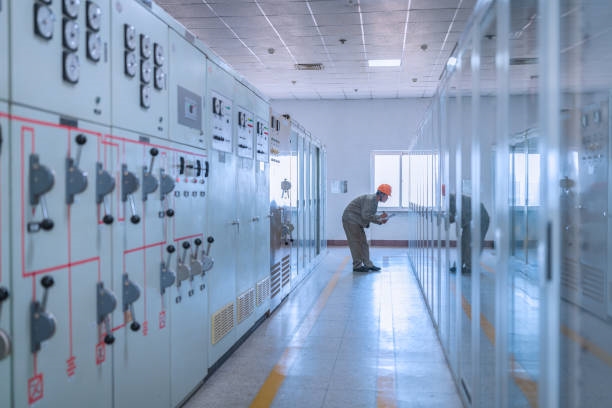In industrial settings, power distribution cabinets are essential components of electrical systems, managing the allocation and control of electrical energy. For non-electrical workers or beginners, the array of devices, instruments, and wiring inside these cabinets can seem complex and enigmatic. This article explores a common yet critical device found in power distribution cabinets, its role, and its significance.
The Power Monitoring Device
During routine inspections, you may notice a device equipped with multiple indicator lights labeled for Phase A, Phase B, Phase C, pulse, wireless, communication, status, and power. Connected to numerous wires, this device appears intricate but plays a vital role in the electrical system.
This is a power monitoring device, designed to track and record the power quality and operational status of equipment in real time. The Phase A, B, and C indicator lights provide a clear view of whether the voltage and current parameters of the three-phase power are within normal ranges. The pulse indicator shows the reception of pulse signals, which is crucial for accurate power metering.
Remote Monitoring and Communication
The wireless and communication features enable the device to transmit data to a remote monitoring center in real time, facilitating remote oversight and management. This enhances the intelligence of power systems, allowing personnel to quickly identify and address potential issues, ensuring stable operation.
Additionally, the status and power indicator lights display the device¡¯s operational condition and power supply status, helping workers determine if it is functioning correctly.
Importance for Maintenance and Learning
For beginners or non-electrical professionals, power monitoring devices may seem unfamiliar and complex. However, understanding their functions and applications can improve knowledge of power system operations and enhance equipment maintenance and management skills.
Power systems are intricate and precise, where even minor faults can lead to significant consequences. Continuous learning and exploration of electrical knowledge are essential for improving professional expertise.
Conclusion
The power monitoring device is a critical component in power distribution cabinets, ensuring stable system operation through real-time monitoring of power quality and equipment status. By studying its functions, engineers and technicians can contribute to the advancement of intelligent power systems.
 ALLPCB
ALLPCB


